Photo Essay: On the Eastern Shore, a farm transforms
Organic practices help Cottingham Farm protect a stream, harvest the benefits
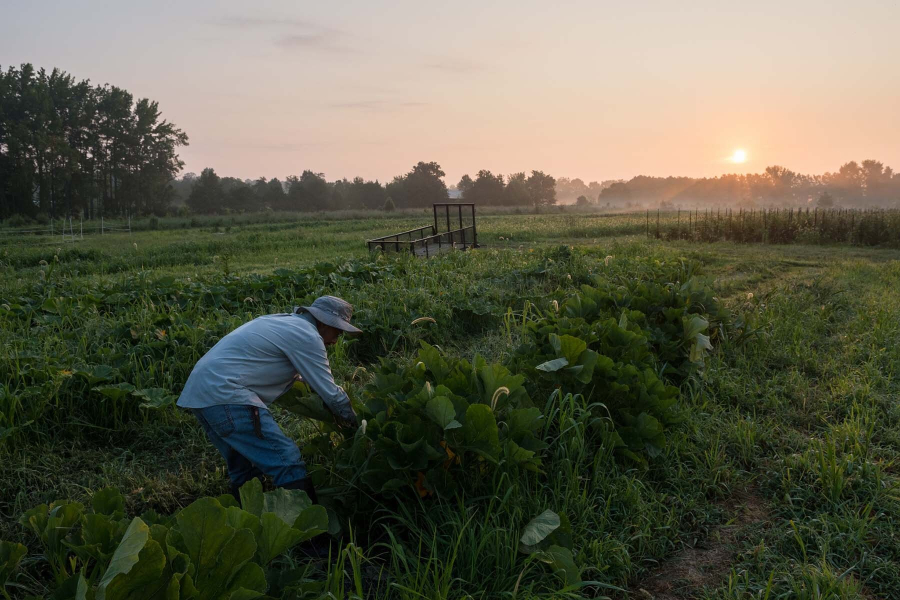
As the sun breaches the horizon in Easton, Maryland, the blanket of fog begins to dissipate, revealing the still waters of an 18-acre wetland and rows of organic vegetables. This is Cottingham Farm, the work of an environmental-lawyer-turned-farmer named Cleo Braver and a host of helping hands.
This 156-acre farm has undergone a variety of changes before arriving at its current state. The land was once used to grow wheat to feed Washington’s army. It then hosted peach orchards in the late 1800s and early 1900s. After the end of World War II, substantial changes in agriculture swept the nation—industrial monocrops, pesticides and fertilizers—and eventually made their way to what is now the Cottingham property. When Braver purchased the land in 1998, it was primarily used to grow corn.
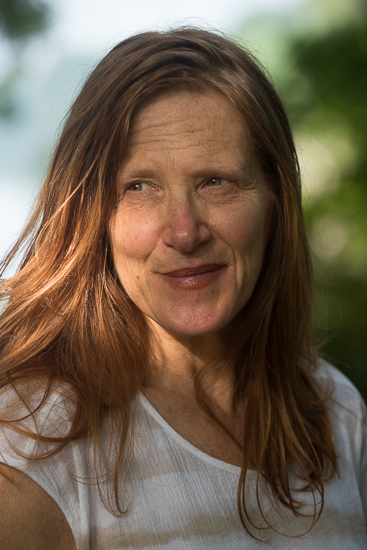
Though Braver’s professional background is in the environmental field, she was unaware of the impact certain agricultural techniques—both on her own property and other area properties—were having on regional waterways. But after spending many evenings peering out at Goldsborough Neck Creek, which winds behind her house before meeting the Miles River and emptying into the Chesapeake Bay, she began noticing how the fish behaved strangely at the surface of the water. After some research, she learned about the creek’s poor water quality and how the heavy use of pesticides and fertilizers was partially responsible.
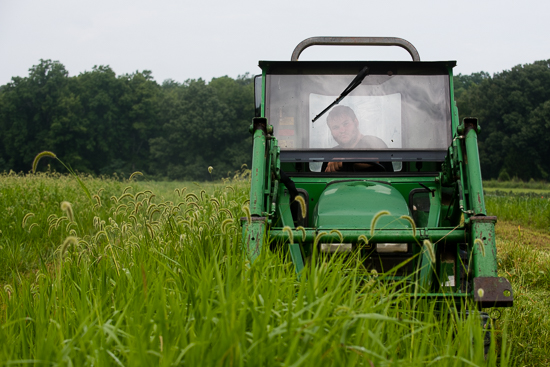
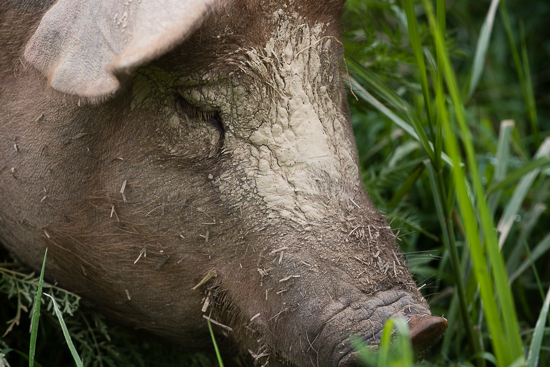
Braver’s interest in producing healthy food while minimizing her impact prompted her to make a change. By chance, she met Ned Gerber of Chesapeake Wildlife Heritage, who assisted with transforming the property by installing buffer strips to reduce sediment and nutrient runoff, replacing corn with organic vegetables and building a wetland housing 30 species of plants.

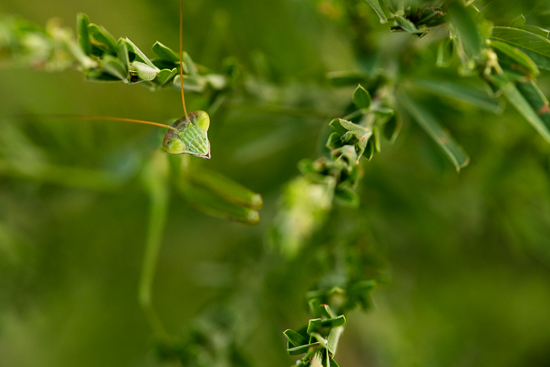
Gerber helped Braver utilize the Conservation Reserve Enhancement Program (CREP), a federal USDA Farm Bill program that supports the implementation of habitat on private lands. CREP covered 90 percent of the construction costs for the wetland, and the Maryland Department of Natural Resources picked up the remaining sum. Gerber and Chesapeake Wildlife Heritage continue to manage and maintain the wetland today.
But what Braver is perhaps most proud of on Cottingham is the evolution of the food production there and how it gives people greater access to healthy produce and meat. With the help of farm manager Jenn Djambazov and several employees, Braver now grows at least 50 different organic vegetables and raises pastured pigs. Organic matter in the property’s soil is slowly rebounding, and, to top it off, business is good. Cottingham sells produce through its CSA, as well as in local stores and restaurants.
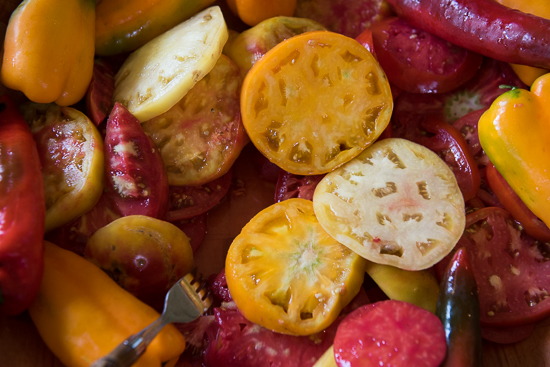
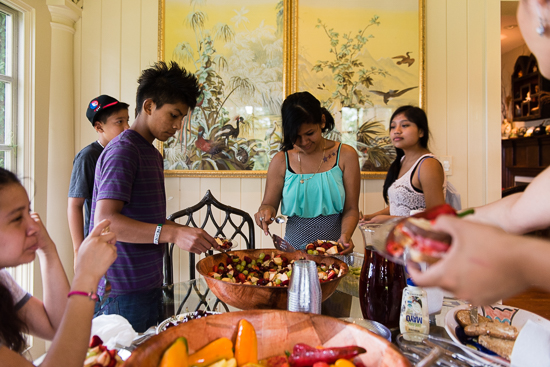
Braver acknowledges the process has been a lot of work and has required time, expertise and funding from a range of parties. But she maintains that the transition to organic farming is more accessible than many people think, and she advocates for giving it a chance. “I’m not saying convert all of your feed corn to organic vegetables. I’m not saying that all,” she clarifies. With a slight smile at the corners of her mouth, she continues, “But try a piece of it. Take five acres out…”
It could make all the difference.
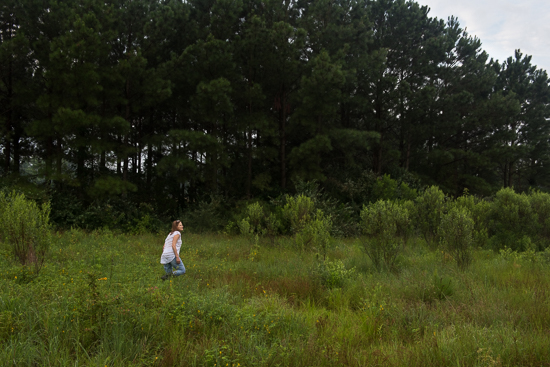
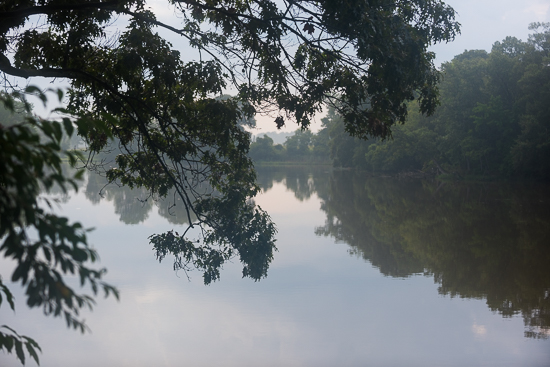
Images and text by Keith Rutowski

Comments
There are no comments.
Thank you!
Your comment has been received. Before it can be published, the comment will be reviewed by our team to ensure it adheres with our rules of engagement.
Back to recent stories